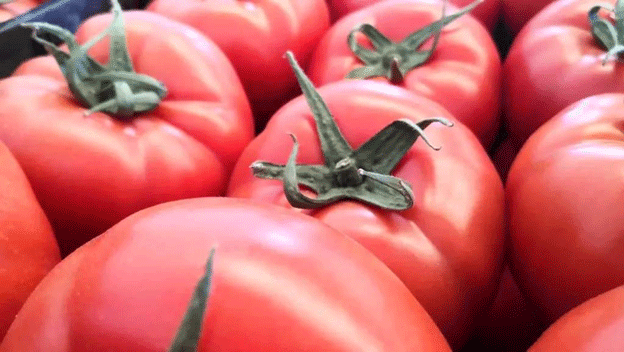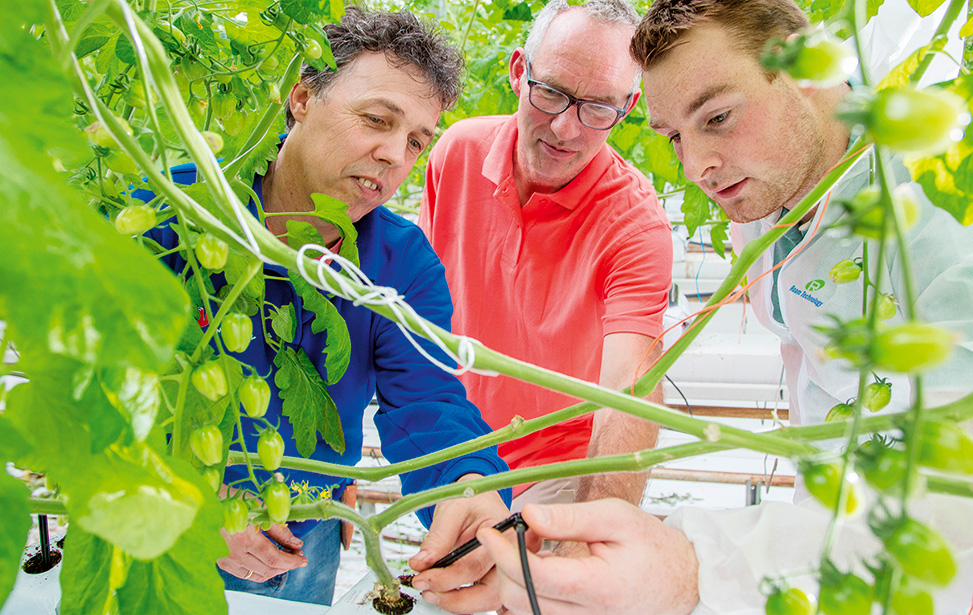As September unfolds, the greenhouse crop season in Andalusia begins to gain momentum, with early planting and harvesting activity in full swing. The latest agricultural statistics from the Junta de Andalucía provide insight into the phenological state of the region’s greenhouse crops. While most of the crops are in the early stages of growth or transplanting, some areas have already started harvesting. The diverse conditions and practices across the provinces—Almería, Cádiz, Granada, Huelva, and Málaga—are shaping what is expected to be a productive season, though some challenges, such as water shortages in specific areas, are affecting operations.
Almería: Advancing Campaigns Despite Water Shortages
Almería, a leading province in greenhouse agriculture, has seen a strong start to the season. Many greenhouses have completed soil preparation, disinfection, and structural improvements, and new plantings are becoming increasingly common. Despite the ongoing work, the Campo de Níjar region faces water scarcity, which has become a concern for early growers.
Harvesting has already started in greenhouses growing California bell peppers, where biological control organisms are being released, and trellising work continues. Early harvests are progressing smoothly, with Lamuyo peppers and Italian peppers still in early cultivation stages, following transplanting. Greenhouse covers are being whitened to mitigate the effects of excessive heat on young plants.
For tomatoes, transplanting continues, with an estimated 80% of greenhouses in the Levante area now planted, mainly with cherry, pear, and vine tomatoes. However, early plantings have experienced some flower abortion due to high temperatures, which prevented initial fruit set. The early crops are now being trellised as they enter the next phase of growth.
Cádiz: Promising Tomato Yields and End of Harvest Cycles
In Cádiz’s La Algaida region, some greenhouses are reaching the end of their crop cycle, with white tapines being removed and plants being replaced. Other greenhouses, however, are already producing, especially those cultivating pear tomatoes, where yields have been good, and fruit sizes have been satisfactory. The harvest of mature fruits from the basal parts of the plants continues, while the upper sections remain in development.
Granada: Tomato Harvest and New Plantings
In Granada’s Alhama region, Caniles tomatoes are being harvested with good yields, though market prices remain low. Meanwhile, newly planted green beans are just starting their growth cycles. The early harvest of Italian peppers has also begun. Along the Costa region, a variety of tomatoes—cherry, pear, and Daniela—are being cultivated and are now entering phases of lateral shoot growth and trellising.
Huelva: Strawberry and Raspberry Preparations Underway
In Huelva, the focus is on preparing for the upcoming strawberry planting season. Farmers are irrigating fields and setting up raised beds in anticipation of planting in the coming weeks. Unlike previous years, water availability has not been an issue, and preparations for the new campaign are progressing smoothly. Large-scale tunnel structures and irrigation systems are being installed.
Raspberry crops are undergoing trellising, with some varieties already in flowering or fruit set stages. Irrigation ranges between 4 to 10 minutes daily, with hydroponic setups requiring 40 minutes. Fertilization includes balanced NPK complexes like 20-20-20. For blueberries, most crops remain in summer vegetative dormancy after pruning, with growers preparing for the October bud break. Fertilization continues with magnesium nitrate and monoammonium phosphate.
Málaga: Eggplant and Pepper Harvests Begin
In Málaga’s Vélez-Málaga region, greenhouses are currently harvesting Italian, Lamuyo, green Palermo, and red Palermo peppers. Although yields are average, the market prices remain favorable. Eggplant production has been modest so far, but it too is fetching high prices. The pear-shaped tomatoes are in their ripening stages, while cherry pear tomatoes are being harvested in small quantities but commanding high prices.
The start of the greenhouse crop season across Andalusia is largely positive, with early harvests of peppers, tomatoes, eggplants, and cucumbers showing promise. However, challenges such as water shortages in regions like Campo de Níjar may affect long-term yields. Despite these obstacles, growers are implementing advanced irrigation techniques, trellising systems, and biological control methods to optimize plant health and productivity. With increasing attention to sustainability and technology-driven solutions, Andalusia’s greenhouse agriculture sector is poised for a successful campaign.









